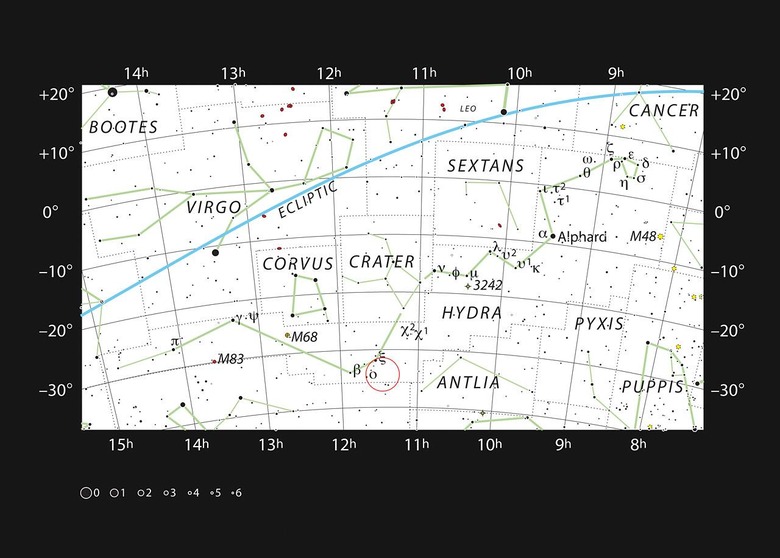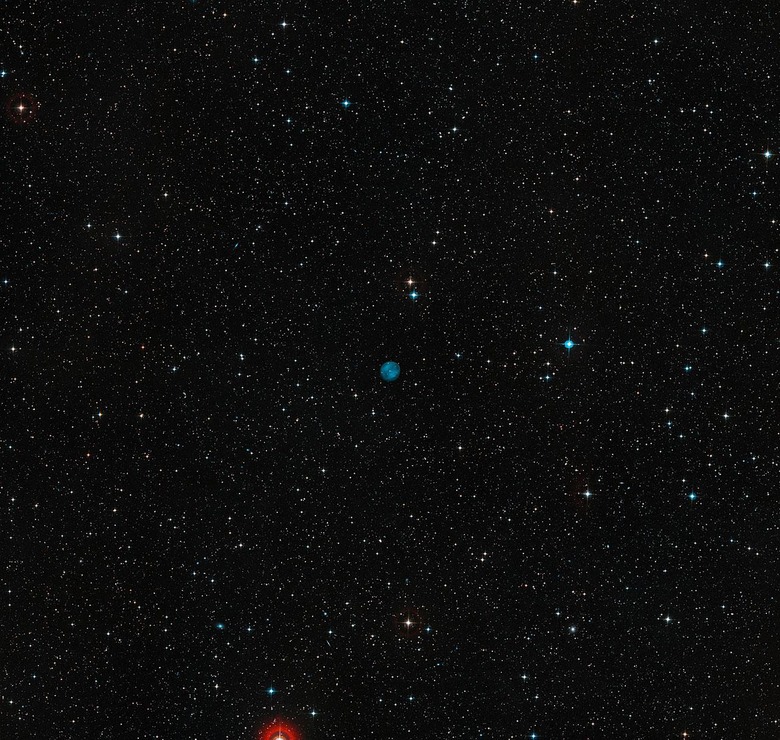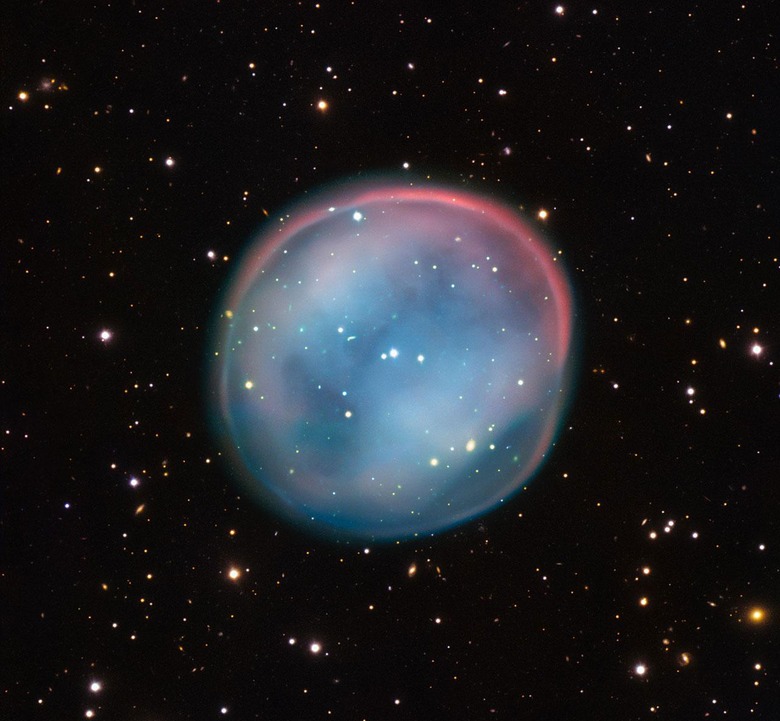Ghost Of A Dying Star Captured By ESO
Today we're seeing that the Very Large Telescope has returned an image from space which eclipses all others of its kind. This is the image of a dying star. What you're seeing is the remnants of a star that's long since burned out. Gases are spreading outward in an orb, a sort of ghost of the brightly lit gas giant it once was. This is a nebula, known now as the Southern Owl Nebula, appearing here with a diameter of nearly four light-years.
This nebula goes by the name PN K 1-22, PN G283.6+25.3, and ESO 378-1 as well. It lives (relatively) close to its space-bound cousin, the original Owl Nebula. The image you see below shows the area in our night sky where the nebula can be found.

The images here come from the ESO Cosmic Gems programme. Their aim is to produce and collect images of "interesting, intriguing, or visually attractive objects" using ESO telescopes.
The ESO Cosmic Gems programme uses telescope time that can otherwise not be used for scientific purposes. Images collected are used for public outreach (in articles like the one you're reading now), and can be used for scientific purposes where applicable.

You can learn more with the ESO on their Cosmic Gems collective.
What you're witnessing here is the ever-expanding gasses of a star looking rather like a bubble. Not every star dies this way. For stars that are heavier than a mass that's less than approximately 8x the mass of our own Sun, their end-of-life sequence will include a supernova instead.
For this one-brilliant former-star, death occurred more gradually, with its outer layers of gas expanding away from its center on stellar winds, its final remains sending out ultraviolet radiation, ionizing the gas, making it all glow in lovely colors. Just like you're seeing here.
This nebula is one of a collection of spectacular photos from space we've placed in a series here on SlashGear called This One Photo. Tap the link to see other spectacular views of space.


